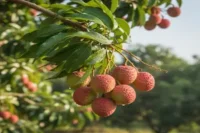8 Tips for How to Grow Ginger Successfully: A Step-by-Step Guide
Published: 21 Mar 2024
Gardening is a passion of mine, a hobby that brings me peace and a sense of accomplishment. Ginger holds a special place among the various plants I’ve nurtured in my garden. Known for its spicy kick and numerous health benefits, learning how to grow ginger has been a rewarding journey. In this ultimate guide, I will walk you through a step-by-step approach to cultivating this versatile plant successfully.
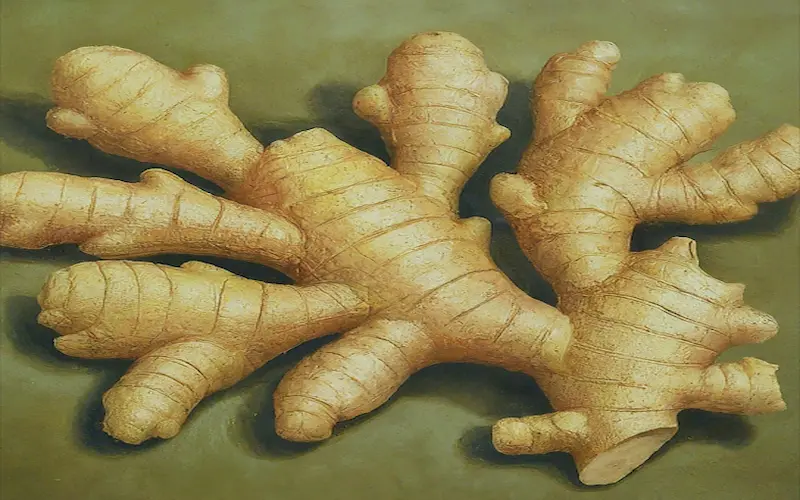
Understand How to Grow Ginger
Ginger is a tropical plant that thrives in warm and humid climates. It is a root vegetable. It originates from Southeast Asia and can be grown in various parts of the world with the correct conditions.
Ginger grows from rhizomes, the underground stems from which the roots and shoots emerge. Unlike other plants, ginger doesn’t grow from seeds. Each piece of the ginger rhizome can develop into a new plant, a process called vegetative reproduction.
The growth cycle of ginger is fascinating. Once the rhizome is planted, shoots take several weeks to emerge from the soil. As the plant grows, it develops leaves and flowers, although the main attraction remains underground. Ginger requires a lengthy growing period, often needing eight to ten months before the rhizomes are ready for harvest.
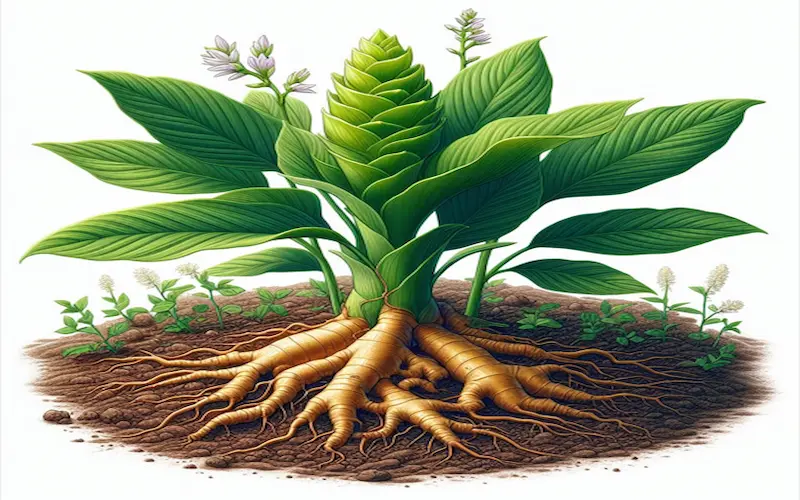
Purchase and Prepare Ginger Before Planting
It is most important to purchase suitable ginger to plant. I prefer to start with organic ginger rhizomes, free of growth inhibitors. These inhibitors can prevent sprouting when planted. Look for plump, healthy-looking rhizomes with well-developed eyes or growth buds.
Once you’ve chosen your ginger, preparation is critical. Cut the rhizomes into pieces, each with at least one or two growth buds. Let the cut pieces dry for a day or two to form a callus over the cuts, which helps to prevent rot when planted.
Before planting, I soak the ginger pieces in warm water overnight. This step wakes up the rhizomes from dormancy and encourages them to sprout more quickly. After soaking, your ginger is ready to start its growth journey.
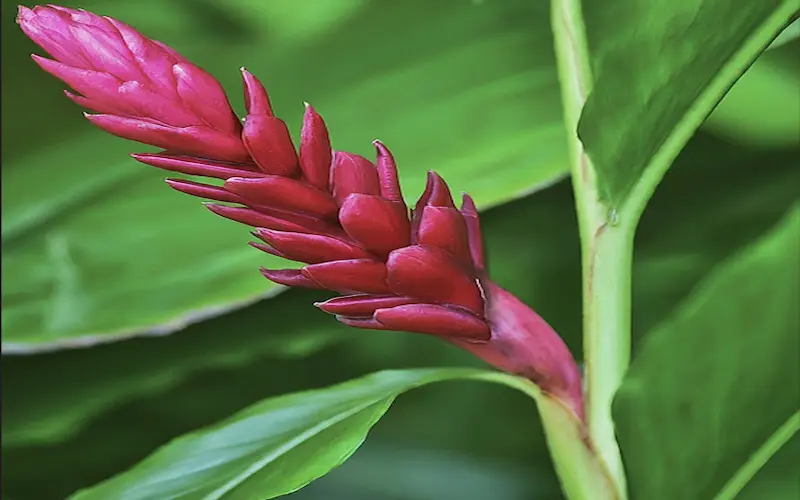
Ginger Needs Plenty of Time to Grow
One of the most common questions I encounter is, “How long does it take to grow ginger?” Growing ginger requires patience, as it is not a quick crop. Typically, it takes about eight to ten months for ginger to mature enough to harvest. This means if you plant ginger in the spring, you should expect to harvest it in the late fall or early winter.
During this time, ginger undergoes several growth stages. The shoots will emerge and develop into a whole plant, the rhizomes will expand and multiply underground, and the plant may even flower if the conditions are right. Throughout this period, monitoring and caring for the ginger is essential, ensuring it has everything it needs to thrive.
Paying attention to ginger’s growth stages can also be an educational experience. Observing the plant as it progresses allows you to learn and understand its needs better, which will benefit future ginger-growing endeavors.
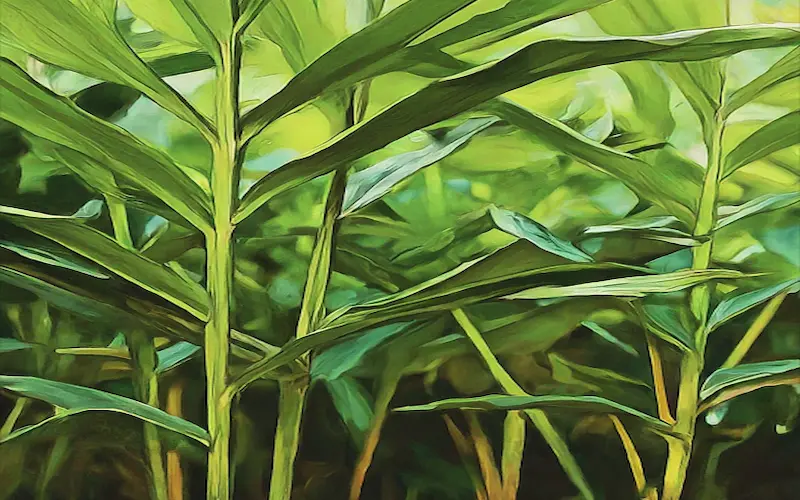
Ginger Needs Plenty of Warmth
Ginger loves warmth. Being a tropical plant, it thrives in temperatures between 75 to 85 degrees Fahrenheit., I always choose a sunny location for my ginger plants to provide warmth. In a cooler climate, you can grow ginger indoors in pots, where it’s easier to maintain the warmth.
Use black plastic mulch to grow ginger outdoors. This technique helps to warm the soil and retain moisture, creating a microclimate that ginger appreciates. Additionally, if unexpected cold weather arrives, be prepared to cover your plants or move potted ginger indoors to protect them from the cold.
Warmth is not just about air temperature. Soil temperature is equally essential for the growth of ginger. Use a soil thermometer to ensure the ginger’s environment is consistently warm for optimal growth.
Give Ginger Good Soil and Fertilize as Needed
Ginger requires rich, well-draining soil with plenty of nutrients. To provide organic matter for ginger plants, I typically improve my soil with compost or well-rotted manure. For better ginger growth, the soil’s pH level should be slightly acidic to neutral, around 5.5 to 6.5.
Fertilization is also critical to ginger growth. I feed my ginger plants with a balanced organic fertilizer by following the instructions for frequency and amount throughout their growth. Liquid seaweed or fish emulsion are excellent organic options that provide a gentle supply of nutrients without the risk of chemical burns.
Moreover, because ginger is a heavy feeder, I also apply compost or aged manure around the base of the plants every couple of months. This top-dressing technique helps maintain soil fertility and supports the plant’s continuous growth.
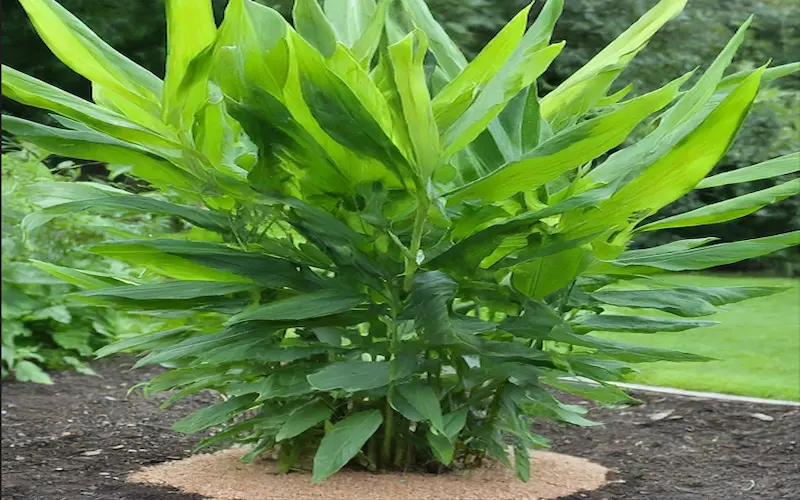
Water Ginger Correctly
Watering ginger correctly is paramount, so water your ginger plants daily during hot, dry periods. Ginger prefers to avoid sitting and sitting in waterlogged soil, but it needs a consistent supply of moisture. I aim to keep the soil evenly moist but not soggy.
Use mulch around your ginger plants. Mulch helps retain soil moisture and keeps the weeds at bay. Organic mulches, like straw or sugarcane mulch, break down over time and add nutrients to the soil, benefiting the ginger.
It’s also important to avoid overhead watering, which can promote fungal diseases. I prefer to water ginger at the soil level, either with a drip irrigation system or by hand, ensuring the water goes directly to the roots where it’s needed.

Harvest Ginger at the Right Time
Harvesting ginger at the right time is crucial for your yield’s quantity and quality. Generally, ginger is ready to harvest around eight to ten months after planting when the leaves turn yellow and start to die back. At this stage, the rhizomes are mature and have developed their full flavour.
You don’t have to harvest all your ginger at once. I usually dig around the edges of the plant to remove individual rhizomes while leaving the main plant to continue growing. This method, known as “bandicoots,” allows me to enjoy fresh ginger throughout the season.
When harvesting, I use a garden fork to gently lift the rhizomes out of the soil, careful not to damage them. After harvesting, I wash the ginger rhizomes and let them dry in a shaded spot for a few days before storing or using them.
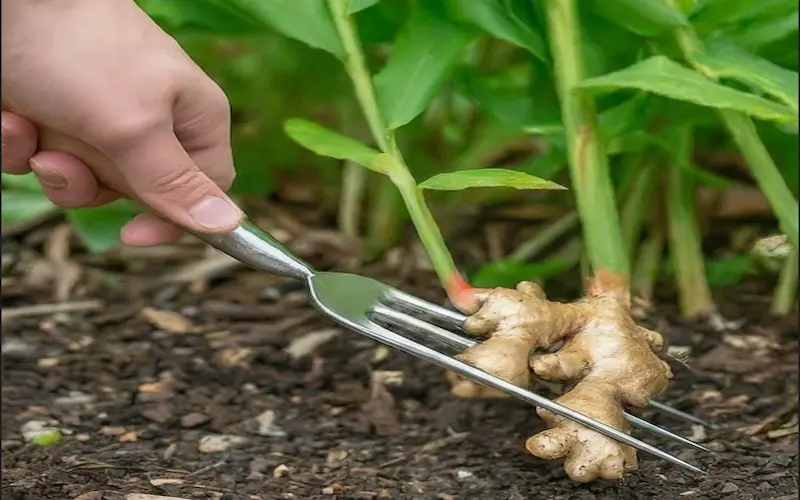
Preserve Harvested Ginger in a Variety of Ways
After harvesting your ginger, preserving it correctly is essential to enjoy it for as long as possible. Fresh ginger can be stored in the refrigerator for several weeks, but for long-term storage, there are several methods you can use.
Freezing:
I peel and grate the ginger, then spread it on a baking sheet to freeze before transferring it to an airtight container. This method makes it easy to use the ginger in cooking directly from the freezer.
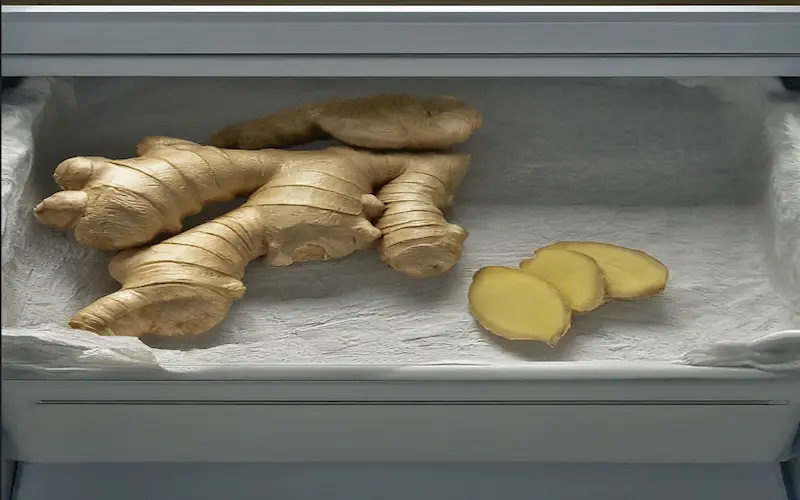
Drying:
I slice the ginger thinly and use a dehydrator to dry the slices completely. Once dry, they can be stored in an airtight container and rehydrated or ground into powder.
Syrup:
Ginger can also be pickled or made into syrup for a delicious and unique way to preserve its flavor.
Troubleshooting Common Issues in Ginger Cultivation
Growing ginger should result in issues. Common problems include pests such as aphids and spider mites and diseases like leaf spot or root rot. Regular monitoring of your plants can help you catch these issues early and take appropriate action.
Practicing crop rotation:
One effective way to prevent pests and diseases is by practicing crop rotation and not planting ginger in the same spot every year.
Good air circulation around your plants:
It can be careful not to overwater, as this can lead to fungal problems.
If you encounter pests, I recommend using organic pest control methods, such as neem oil or insecticidal soaps. For diseases, removing affected parts of the plant and improving conditions can help manage the issue.
Frequently Asked Questions About Growing Ginger
To grow ginger at home:
- Start by purchasing organic ginger rhizomes and preparing them as described earlier.
- Plant the rhizomes in pots with good soil and place them in a warm, sunny spot.
- Ensure the soil stays moist, and be patient as the ginger grows.
Absolutely! Ginger can thrive indoors if you provide it with enough warmth and light. A south-facing window is ideal, or you can use grow lights to supplement the natural light.
While ginger prefers warm climates, you can grow it in cold climates by keeping it indoors or in a greenhouse where you can control the temperature.
Conclusion
Growing ginger has been a delightful journey, filled with lessons and delicious rewards. From understanding how ginger grows to harvesting and preserving it, every step is crucial for a successful crop. Whether you’re growing ginger in your backyard or pots indoors, I hope this guide has given you the knowledge and confidence to start your ginger-growing adventure.
Gardening is a process of learning and experimenting. Don’t be discouraged by setbacks; each challenge is an opportunity to become a better gardener. So plant that ginger and enjoy the fruits of your labor. If you have any more questions or need further guidance on growing ginger, feel free to contact us for more information.

- Be Respectful
- Stay Relevant
- Stay Positive
- True Feedback
- Encourage Discussion
- Avoid Spamming
- No Fake News
- Don't Copy-Paste
- No Personal Attacks



- Be Respectful
- Stay Relevant
- Stay Positive
- True Feedback
- Encourage Discussion
- Avoid Spamming
- No Fake News
- Don't Copy-Paste
- No Personal Attacks



